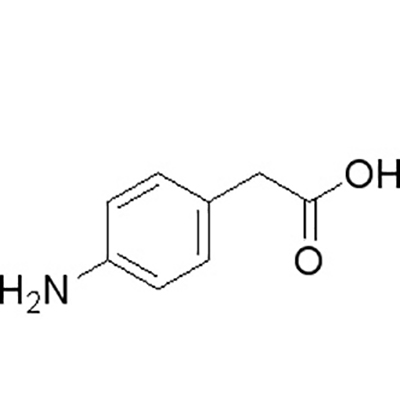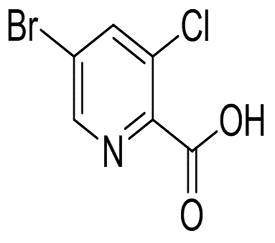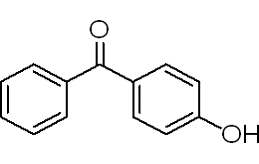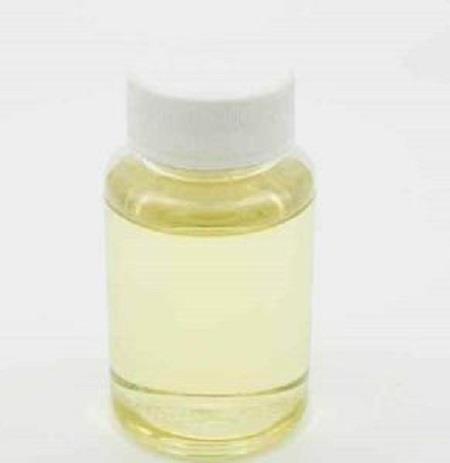3-Nitropyridine(CAS#2530-26-9)
| Hazard Symbols | Xn – HarmfulF,Xn,F - |
| Risk Codes | R20/21/22 – Harmful by inhalation, in contact with skin and if swallowed. R11 – Highly Flammable R41 – Risk of serious damage to eyes R37/38 – Irritating to respiratory system and skin. R22 – Harmful if swallowed |
| Safety Description | S37/39 – Wear suitable gloves and eye/face protection S26 – In case of contact with eyes, rinse immediately with plenty of water and seek medical advice. S16 – Keep away from sources of ignition. S39 – Wear eye / face protection. |
| UN IDs | 2811 |
| WGK Germany | 3 |
| HS Code | 29333999 |
| Hazard Class | 6.1 |
| Packing Group | III |
Introduction
3-Nitropyridine(3-Nitropyridine) is an organic compound with the chemical formula C5H4N2O2. The following is an introduction to the properties, uses, preparation methods and safety information of 3-Nitropyridine:
Nature:
-Appearance: 3-Nitropyridine is a white to pale yellow crystal or crystal powder.
-Melting point: about 71-73°C.
-Boiling point: About 285-287 ℃.
-Density: about 1.35g/cm³.
-Solubility: low solubility in water, soluble in organic solvents such as ethanol, acetone, etc.
Use:
- 3-Nitropyridine can be used as an organic synthesis intermediate for the synthesis of various organic compounds.
-It can also be used as a fluorescent dye and a photosensitizer.
-In agriculture, it can be used as a raw material for pesticides and fungicides.
Method:
-The main preparation method is obtained by the nitration of 3-picolinic acid. First, 3-picolinic acid is reacted with nitric acid and nitrated under appropriate reaction conditions to produce 3-Nitropyridine.
-Certain safety measures are required during the preparation process, including avoiding contact with skin and eyes, keeping away from fire sources and good ventilation.
Safety Information:
- 3-Nitropyridine is an organic compound. The following safety precautions should be paid attention to during use and storage:
-Irritating to skin and eyes, avoid contact when using. In case of contact, rinse immediately with plenty of water.
-May be harmful to the respiratory tract and digestive system, so avoid inhalation and intake during operation.
-During storage and use, it needs to be kept low, dry and sealed.
-Waste disposal should follow local regulations and should not be discharged directly into the water source or the environment.
Please note that this information provides a general introduction, and specific laboratory procedures and safety details need to be followed in accordance with the relevant chemical laboratory safety procedures. For special experimental needs and use scenarios, please consult a specialized chemical laboratory or an expert in the field.





![1H-pyrrolo[2,3-b]pyridin-5-ol(CAS#98549-88-3)](https://www.xinchem.com/uploads/pyrrolo.gif)


